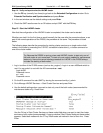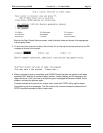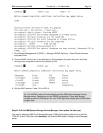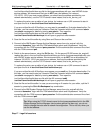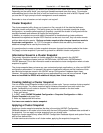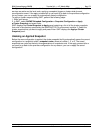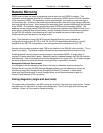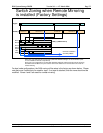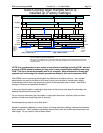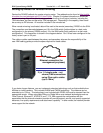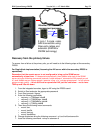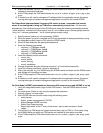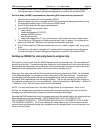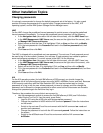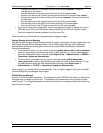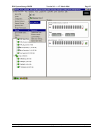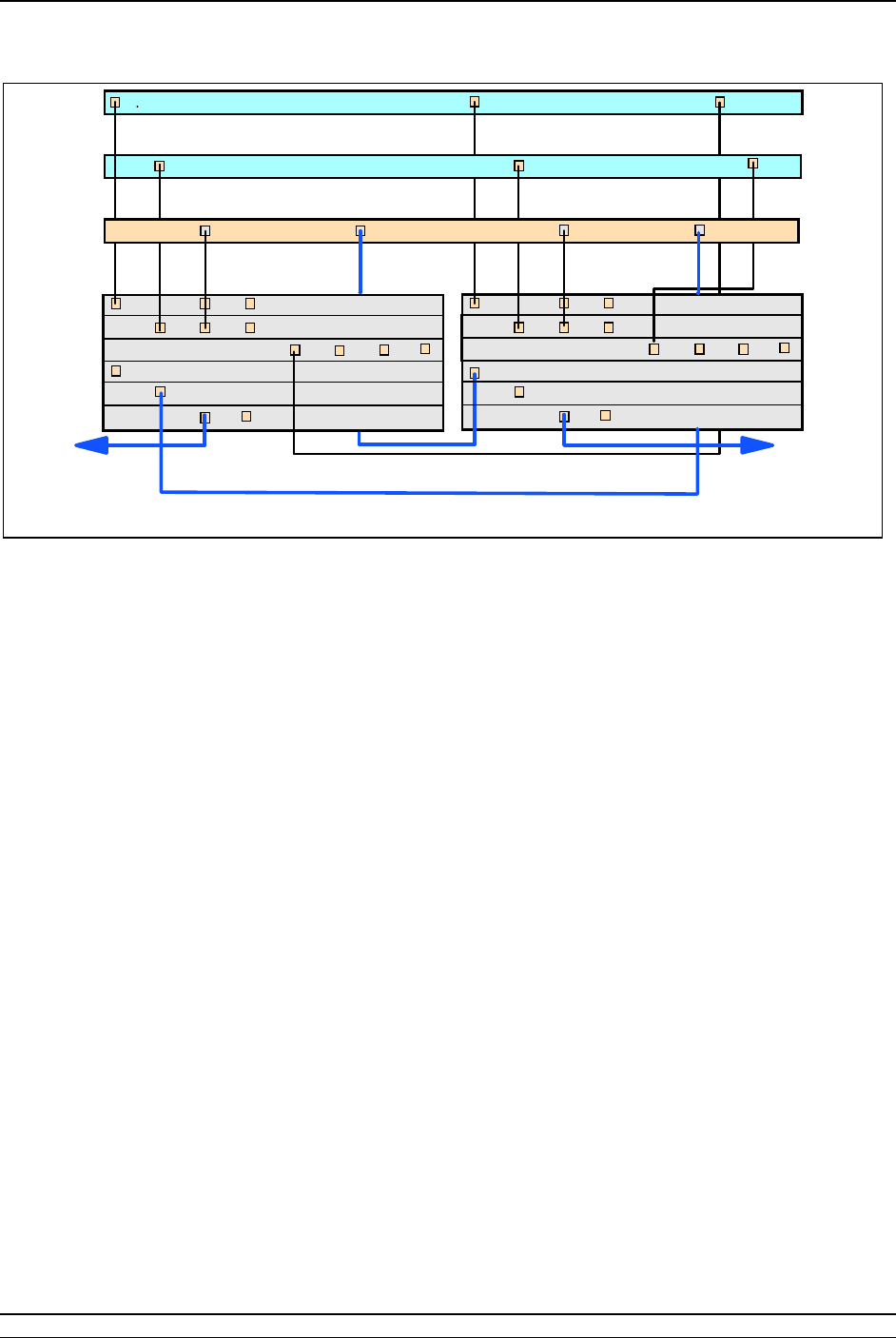
IBM System Storage DR550 Version 3.0 ------17 March 2006 Page 76
IBM Storage Systems Copyright © 2006 by International Business Machines Corporation
Slot 5
Slot 4
Slot 1
Switch Zoning when Remote Mirror is
installed up (Factory Settings)
2005_1 (RACK1 EIA 17)
Engine2
Engine1
DS4100_1
2005_2 (RACK1 EIA 22)
Note: Zone 3 is configured for use with tape (3592 with WORM cartridges are recommended - ports
5-7 are available to connect to tape drives)
Zones 4 & 5 are configured for use with data replication (DS4100 enhanced remote volume mirroring)
Per IBM recommendations, the ports used to connect the switches are not included in the zones for
remote mirroring
1
0 2 3
4
5
6
2 3
7
Zone 1
Zone 2
Zone 3
Zone 4
8
9
10
11
e-port to
connect to
Switch in
secondary
DR550
e-port to
connect to
Switch in
secondary
DR550
Slot 5
Slot 4
Slot 1
Zone 5
1
0 2 3
4
5
6
2 3
7
Zone 1
Zone 2
Zone 3
Zone 4
8
9
10 11
Zone 5
Not Zoned
Controller A-1
Controller B-1
Controller A-2
Controller B-2
Not Zoned
NOTE: It is recommended to have a plan of action before installing and using RVM. Here are
a couple of RVM related questions you may want to ask yourself before installing and using
RVM. This list is just some examples and is not complete. Each administrator knows their
systems and is encouraged to compile procedures related to their environment and RVM.
The DR550 is set to manual synchronization by default and should be left as is. As a system
administrator you want to be able to tell it when to sync up to be able to control data integrity.
Understanding which site is the primary and which is the secondary site is critical. How does it
change in the event of replication disruption?
In the event that disruption in replication does occur at the primary site, does the secondary site
become the permanent primary site?
Do you move to secondary site if disruption in replication does occur at primary site and when
primary is fixed move everything back to primary?
Are backups being used at one or both sites?
Speed of replication depends on many factors, including replication settings, distance link between
sites, speeds, etc. Daily updates to secondary site are fairly quick but a total resynchronization will
take longer. Do you have an idea of these times?



